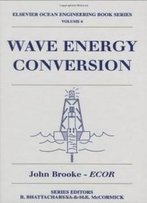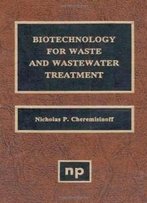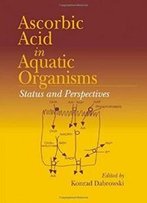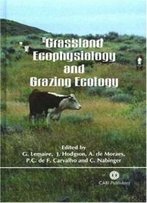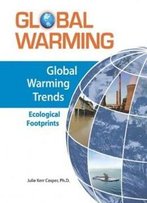
Implications And Consequences Of Anthropogenic Pollution In Polar Environments (from Pole To Pole)
by Roland Kallenborn /
2016 / English / PDF
7 MB Download
The first evidence on the adverse effects of organic pollutants
on Arctic ecosystems was provided by international research
initiatives more than 30 years ago. Today, the indigenous people
of the North are considered to be affected by exposure to
persistent organic pollutants (POPs) and metals through their
traditional marine food sources. The occurrence of pollutants of
emerging concern in remote Polar environments is considered an
essential criterion for prioritising this (largely neglected)
type of contamination in national, international and global
regulation schemes.
The first evidence on the adverse effects of organic pollutants
on Arctic ecosystems was provided by international research
initiatives more than 30 years ago. Today, the indigenous people
of the North are considered to be affected by exposure to
persistent organic pollutants (POPs) and metals through their
traditional marine food sources. The occurrence of pollutants of
emerging concern in remote Polar environments is considered an
essential criterion for prioritising this (largely neglected)
type of contamination in national, international and global
regulation schemes.
Initiated during the first international Polar Years (IPY
2007-2009) and continued afterwards, 11 representative
initiatives and projects are summarised as chapters in this book,
which highlights today’s interdisciplinary research on POPs in
the Polar environment. The individual chapters describe in detail
the consequences, priorities and perspectives of international
research on POPs (legacy and emerging xenobiotics), its
implications for regulations and scientific priorities including
societal and cultural developments in the Arctic, as well as
conservation priorities in Antarctica.
Initiated during the first international Polar Years (IPY
2007-2009) and continued afterwards, 11 representative
initiatives and projects are summarised as chapters in this book,
which highlights today’s interdisciplinary research on POPs in
the Polar environment. The individual chapters describe in detail
the consequences, priorities and perspectives of international
research on POPs (legacy and emerging xenobiotics), its
implications for regulations and scientific priorities including
societal and cultural developments in the Arctic, as well as
conservation priorities in Antarctica.
This book is intended for all readers interested in learning more
about modern research on environmental pollutants in the Polar
environments (with a strong focus on Arctic environments). The
impacts of pollution and climate change on Polar regions and the
world as a whole will continue to be felt for many years to come.
Sound science is, thus, vital in order to underpin actions that
need to be taken at the global, regional and local levels. This
book contributes to this highly relevant, interdisciplinary
environmental scientific endeavour.
This book is intended for all readers interested in learning more
about modern research on environmental pollutants in the Polar
environments (with a strong focus on Arctic environments). The
impacts of pollution and climate change on Polar regions and the
world as a whole will continue to be felt for many years to come.
Sound science is, thus, vital in order to underpin actions that
need to be taken at the global, regional and local levels. This
book contributes to this highly relevant, interdisciplinary
environmental scientific endeavour.




